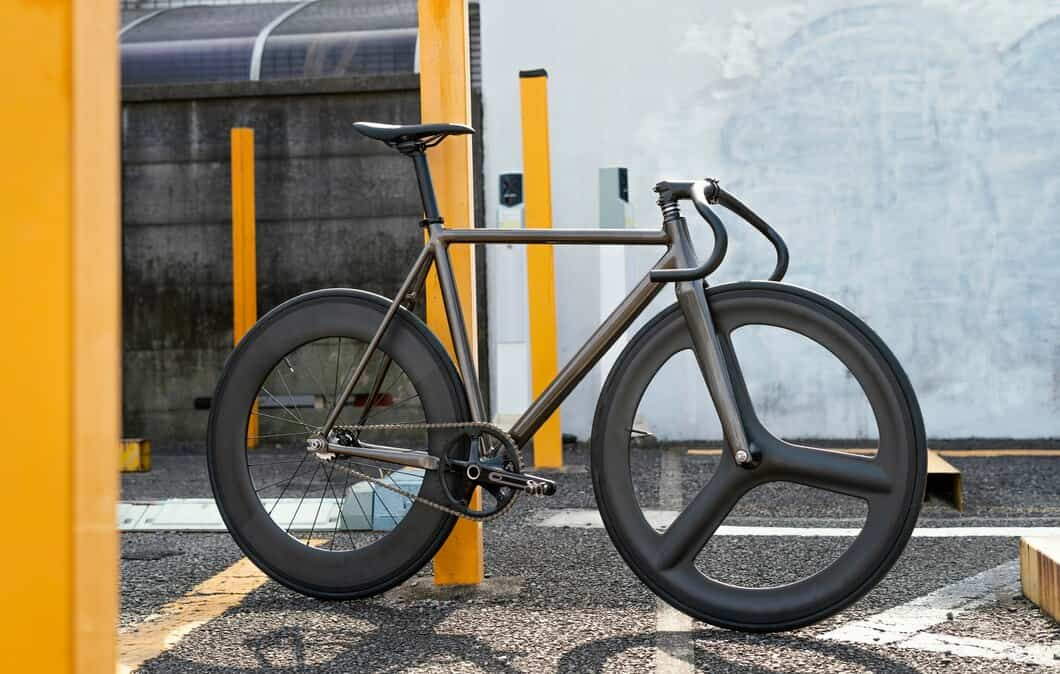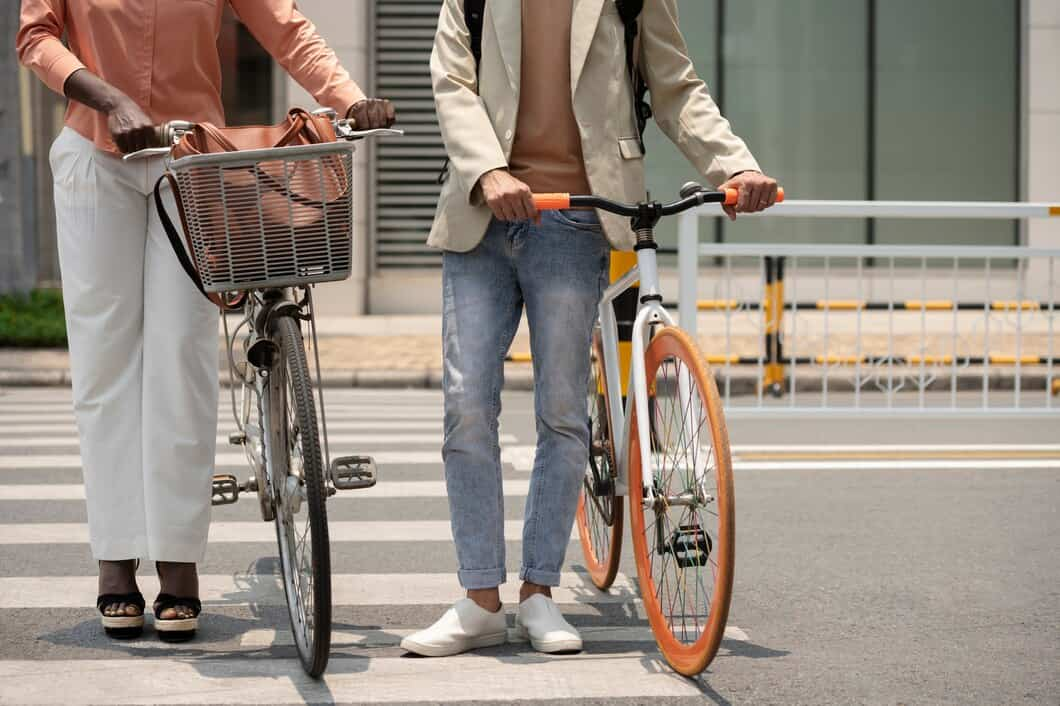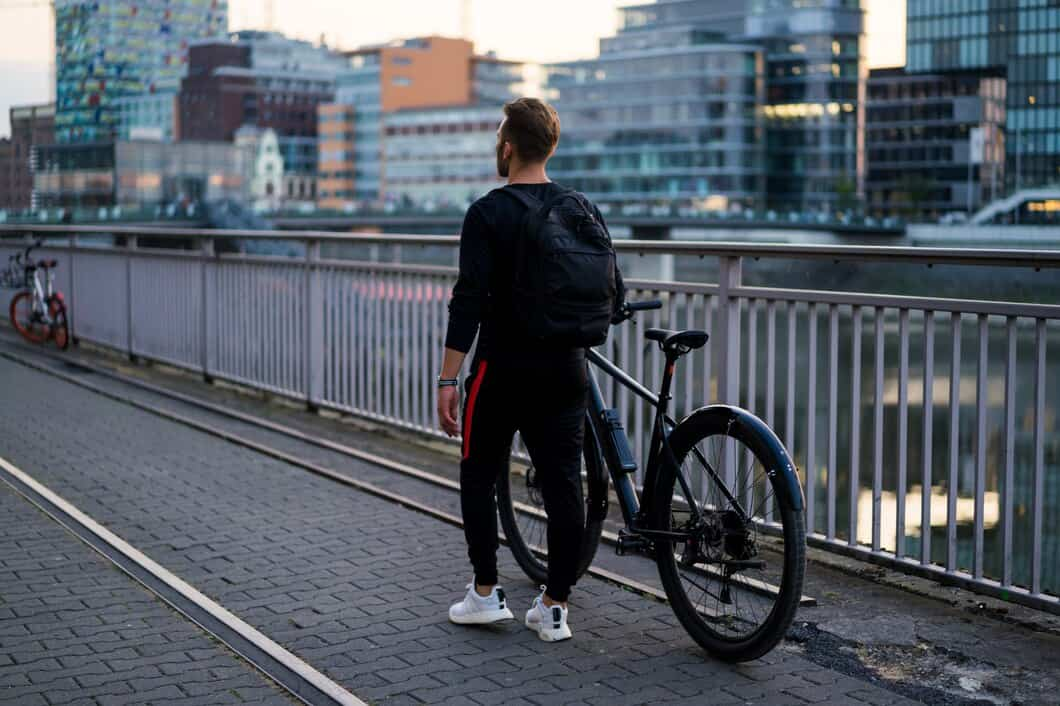Is 20 Mph Fast On A Ebike?
Time: 08 Apr 2024 22:13

20 mph may seem like a relatively slow speed, but on an e-bike, it can feel much faster. This is because you're getting the assistance of the electric motor, which helps you to propel yourself forward. As a result, you can cover more ground in a shorter amount of time, and you can do so with less effort.
However, it's important to note that 20 mph is still a relatively fast speed, and you should take precautions to ensure your safety. Be sure to wear a helmet and obey all traffic laws. And, if you're not comfortable riding at 20 mph, you can always reduce the assist level on your e-bike.
Motor Power and Speed Settings
To ensure optimal performance, most e-bikes offer adjustable motor power and speed settings. These settings allow riders to customize their riding experience based on factors like terrain, fitness level, and personal preference. By fine-tuning the motor’s power and speed, riders can optimize efficiency, extend the bike’s range, and improve handling. Some models even feature advanced settings that enable riders to adjust the bike’s acceleration, braking, and other performance parameters.
Higher motor power typically translates to faster speeds. However, it’s important to note that speed settings may vary depending on the specific e-bike model, rider weight, terrain, and battery level. E-bikes with powerful motors can reach speeds of up to 28 mph (45 km/h) or even higher. However, it’s essential to adhere to local regulations and use caution when riding at high speeds.
Electric Bikes Class 1, 2, and 3
Electric bikes are classified into three classes based on their speed and level of pedal assist. Class 1 e-bikes have a maximum assisted speed of 20 mph and require pedaling to engage the motor. Class 2 e-bikes also have a maximum assisted speed of 20 mph but do not require pedaling to engage the motor. Class 3 e-bikes have a maximum assisted speed of 28 mph and require pedaling to engage the motor.
The class of e-bike you choose will depend on your intended use. If you are looking for an e-bike that you can use to commute to work or school, a Class 1 or 2 e-bike is a good option. If you are looking for an e-bike that you can use for recreational purposes, a Class 3 e-bike is a good option.
It is important to note that the laws governing e-bikes vary from state to state. In some states, e-bikes are classified as bicycles and can be ridden on bike paths and roads. In other states, e-bikes are classified as motor vehicles and must be registered and insured.
Legal Speed Limits for Electric Bikes
Before we dive into the thrilling world of e-bikes and their exhilarating speeds, it's crucial to understand the legal speed limits imposed on these electrically assisted bicycles. While e-bikes offer a fantastic way to zip around town with less effort, it's essential to comply with the regulations set forth by your local authorities.
Depending on where you reside, the legal speed limits for e-bikes may vary. In many countries, e-bikes are classified into different categories based on their maximum assisted speed. For instance, in the United States, Class 1 e-bikes are pedal-assist only and have a maximum assisted speed of 20 mph (32 km/h), while Class 2 e-bikes offer throttle-only assistance and have a maximum assisted speed of 20 mph (32 km/h). Class 3 e-bikes, on the other hand, provide pedal-assist up to 28 mph (45 km/h) and are often classified as mopeds or motorized bicycles in some jurisdictions.
It's important to note that exceeding the legal speed limit for e-bikes can result in penalties, including fines or even confiscation of the e-bike. Additionally, riding an e-bike at excessive speeds can increase the risk of accidents and injuries. Therefore, always adhere to the designated speed limits and ride responsibly to ensure a safe and enjoyable e-biking experience.
By familiarizing yourself with the legal speed limits for e-bikes in your area, you can confidently navigate the roads while respecting the regulations and contributing to a safer riding environment for yourself and others.
Factors Affecting E-Bike Speed

The maximum speed of an e-bike can vary depending on a number of factors, including the motor power, battery capacity, rider weight, and terrain. E-bikes with higher motor power and larger battery capacities will generally be able to reach higher speeds than those with lower power and smaller batteries. Additionally, heavier riders will experience slower speeds than lighter riders, and riding on hills will also slow down the bike.
Most e-bikes have a maximum speed of around 20 mph, but some models can reach speeds of up to 28 mph. If you are looking for an e-bike that can travel at higher speeds, it is important to choose a model with a powerful motor and a large battery capacity.
In addition to the factors mentioned above, there are a few other things that can affect e-bike speed. These include: - **Tire pressure:** Lower tire pressure will result in slower speeds. - **Wind resistance:** Riding into a headwind will slow down the bike. - **Temperature:** E-bike batteries can be affected by extreme temperatures, which can also affect speed.
Safety Considerations
When riding an ebike at 20 mph, it is important to be aware of your surroundings and potential hazards. Always wear a helmet and obey traffic laws. Be aware of other vehicles, pedestrians, and road conditions. Ride defensively and be prepared to react to unexpected situations. Avoid riding in bad weather or at night. If you are new to riding an ebike, start by riding in a safe and controlled environment until you are comfortable with the bike's handling and performance.
In addition to following general safety guidelines, there are some specific safety considerations to keep in mind when riding an ebike at 20 mph. First, it is important to choose an ebike that is appropriate for your height, weight, and riding style. The bike should be comfortable to ride and allow you to maintain good control. Second, make sure that your ebike is in good working condition. Regularly check the brakes, tires, and other components to ensure that they are functioning properly. Third, always wear a helmet when riding an ebike. A helmet can help to protect your head in the event of a fall.
Riding Comfort and Stability
E-bikes, especially those designed for commuting, prioritize stability and comfort. A comfortable, upright riding position reduces strain on the back and shoulders, making longer rides more enjoyable. E-bikes often feature wide, ergonomic handlebars that provide multiple hand positions, increasing comfort and reducing fatigue during extended rides. Additionally, many e-bikes come equipped with suspension systems, absorbing bumps and road vibrations, further enhancing riding comfort, especially on rough terrain.
The stability of e-bikes is also a crucial factor, particularly for inexperienced riders. The lower center of gravity, resulting from the e-bike's battery placement, enhances stability, reducing the risk of toppling over. E-bikes often have longer wheelbases, providing increased stability at higher speeds and while carrying cargo or passengers. Additionally, the electric motor's smooth power delivery contributes to stability, as opposed to the sudden bursts of acceleration from traditional bicycles.
The riding comfort and stability of e-bikes make them suitable for a wider range of riders, including those who may be intimidated by the physical demands of traditional cycling. The assisted pedaling reduces the effort required, allowing riders to travel farther and explore new routes with greater ease and confidence.
Overall, the combination of riding comfort and stability makes e-bikes an attractive option for commuters, recreational riders, and anyone looking for an enjoyable and accessible way to travel.
Hills and Terrain
If you're planning on riding your e-bike in hilly areas, you'll need to consider the terrain. Hills can be a challenge for e-bikes, especially if they're steep or long. However, with the right gear and a little bit of planning, you can conquer any hill on your e-bike.
One of the most important things to consider when riding your e-bike in hilly areas is the type of motor you have. Mid-drive motors are generally better for climbing hills than hub motors, as they provide more torque. Torque is what gives your e-bike the power to push you up hills. It's measured in Newton-meters (Nm), and the higher the Nm, the more torque your e-bike has.
In addition to the type of motor, you'll also need to consider the gearing of your e-bike. Low gears make it easier to climb hills, while high gears make it easier to ride on flat ground. If you're not sure what gear to use, start with a low gear and shift up as you gain speed.
Finally, be sure to plan your route ahead of time. If you know you'll be riding in hilly areas, try to avoid taking the most direct route. Instead, look for routes that are less steep or that have more gradual inclines.
The Role of Cadence and Torque
Cadence, measured in revolutions per minute (RPM), refers to the rate at which you pedal. Torque, measured in newton meters (Nm), is the force applied to the pedals. Both cadence and torque play a crucial role in determining your e-bike's speed and efficiency.
A higher cadence with a lower torque requires less effort but can put more strain on your knees. Conversely, a lower cadence with a higher torque provides more power but can be more tiring. Finding the optimal combination of cadence and torque depends on factors such as your fitness level, terrain, and desired speed.
E-bikes often have a torque sensor that detects the amount of force you apply to the pedals. This sensor then adjusts the motor's assistance level accordingly, providing more power when you need it and reducing assistance when you don't.
By understanding the role of cadence and torque, you can optimize your e-bike's performance and make your rides more enjoyable and efficient.
Conclusion
In conclusion, whether 20 mph is fast on an ebike depends on several factors, including the rider's experience level, the type of ebike, and the riding conditions. However, it is important to note that ebikes can travel much faster than 20 mph, so it is important to be aware of the potential risks involved when riding at high speeds.
Additionally, it is important to follow all applicable laws and regulations when riding an ebike, and to wear a helmet for safety. By following these guidelines, riders can help to ensure that they have a safe and enjoyable experience while riding an ebike.
Frequently Asked Questions

To Sum Up
There is no universal answer to whether or not 20 mph is fast on an ebike, as there are a number of factors to consider, such as the type of ebike, the terrain, and the rider's fitness level.
However, as a general rule of thumb, 20 mph is considered to be a moderate speed for an ebike on flat terrain. If you are riding on hills or off-road, you may need to reduce your speed for safety reasons.
Recommendation
Is 20 mph fast on a ebike?
20 mph may seem like a relatively slow speed, but on an e-bike, it can feel much faster. This is because you're getting the assistance of the electric motor, which helps you to propel yourself forward...
How fast does a typical e-bike go?
An electric bike (e-bike) is a bicycle with an integrated electric motor which can help propel the bike. E-bikes come in a variety of styles, including traditional upright bikes, step-through bikes, a...
Can an electric bike go 60 mph?
An electric bike, often called an e-bike, is a human-powered bicycle with an integrated electric motor that can assist with propulsion. E-bikes are becoming increasingly popular as a way to reduce emi...
How long does the average e-bike last
Electric bikes are becoming increasingly popular, but how long do they last? This article will explore the factors that affect the lifespan of an e-bike, including battery life, motor life, and frame...
Is a 1000W ebike fast?
Electric bikes, or e-bikes, are becoming increasingly popular as a way to get around town. They offer a number of advantages over traditional bicycles, including the ability to travel longer distances...



